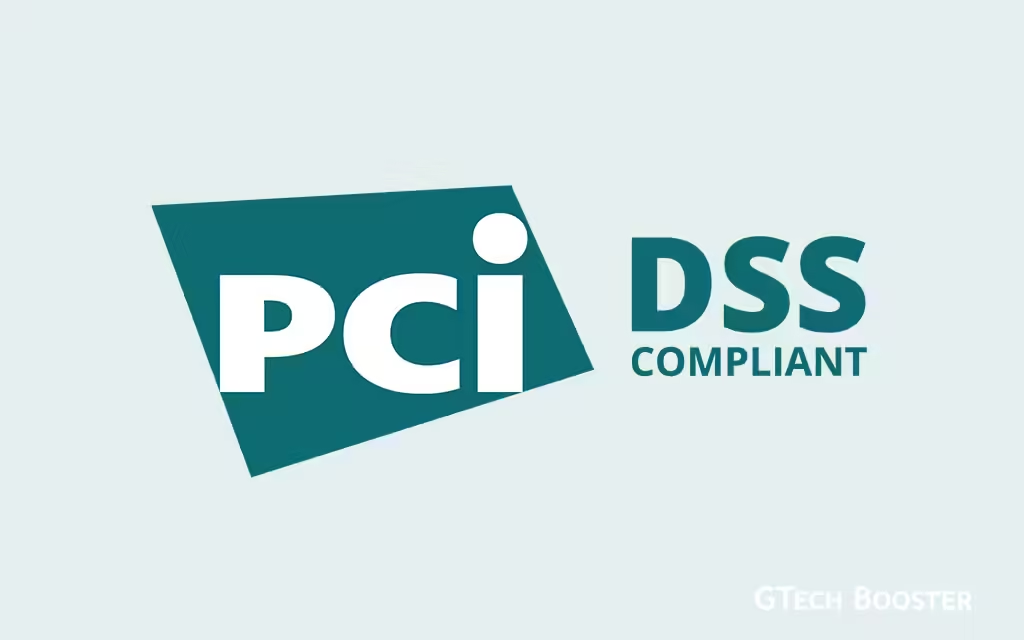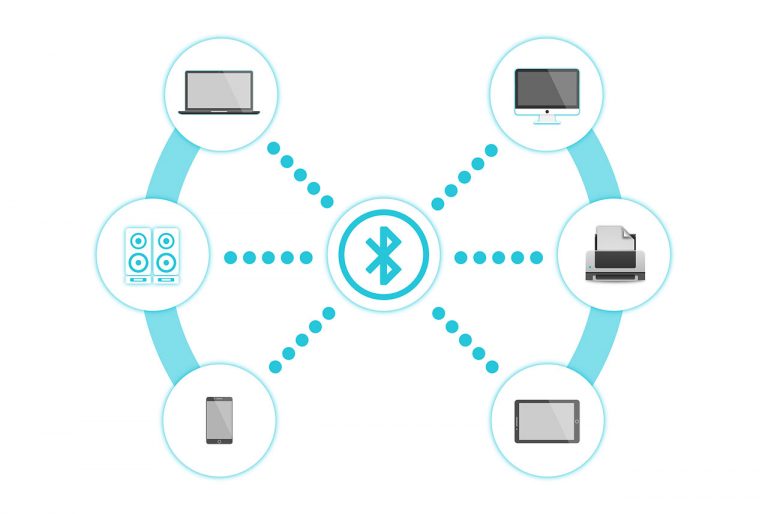The Payment Card Industry Data Security Standard and the purpose it serves
The Payment Card Industry Data Security Standard (PCI DSS) is an information security standard designed to reduce payment card fraud by increasing security controls around cardholder data. The Payment Card Industry Data Security Standard (PCI DSS) is an information security standard designed to reduce payment card fraud by increasing security controls around cardholder data.

It consists of twelve requirements for compliance, organized into six related groups known as control objectives. These requirements include installing and maintaining a firewall, avoiding vendor-supplied defaults for system passwords, protecting stored cardholder data, encrypting transmission of cardholder data on open networks, and more.
Compliance with PCI DSS is mandatory for any organization that accepts, transmits, or stores cardholder data, regardless of size or number of transactions. The standard is administered by the Payment Card Industry Security Standards Council and is enforced by the major payment card brands. Validation of compliance is typically performed annually or quarterly through methods like self-assessment questionnaires (SAQ), Internal Security Assessor (ISA), or External Qualified Security Assessor (QSA). The PCI DSS has evolved through various versions, with the latest being version 4.0 released in March 2022.
Benefits of PCI DSS compliance
- Enhanced Data Security
- Customer Trust and Confidence
- Avoidance of Penalties and Legal Issues
- Operational Efficiency
- Competitive Advantage
How to become PCI DSS compliant
To become PCI DSS compliant, organizations need to follow a structured process that involves several key steps.
A. Identify the Level of Compliance Needed
Determine the level of compliance required based on factors like the size of the organization and the number of annual credit card transactions. This step involves understanding whether you are a merchant or a service provider and the volume of transactions processed annually.
B. Complete a Readiness Assessment
Prepare for an assessment by ensuring that policies, procedures, and controls are in place and will be followed during the audit period. This step may involve completing an ASV scan and penetration test and opting for a readiness assessment with a Qualified Security Assessor (QSA) or a PCI DSS expert to assess readiness for the audit.
C. Complete a Report on Compliance (RoC) or Self-Assessment Questionnaire (SAQ)
Depending on your level of compliance, organizations may need to complete an annual RoC if they are a Level 1 Merchant or Service Provider. This external audit is performed by a QSA to review policies, processes, controls, and evidence for compliance. If not required to submit an RoC, an SAQ must be filled out, covering each requirement and testing the controls in place.
D. Maintain Certification
Both the RoC and Attestation of Compliance (AoC) are valid for one year. To maintain certification, organizations need to complete an RoC or SAQ and AoC annually. Additionally, periodic tasks such as reviewing logs, conducting vulnerability scans, monitoring access, and testing security systems need to be performed to ensure ongoing compliance.
The standards
- PCI DSS v4.0 released on March 31, 2022
- PCI DSS v3.2.1
- PCI DSS v4.0

By following these steps and ensuring ongoing adherence to PCI DSS requirements, organizations can achieve and maintain PCI DSS compliance, enhancing data security, building customer trust, and avoiding penalties associated with non-compliance.















